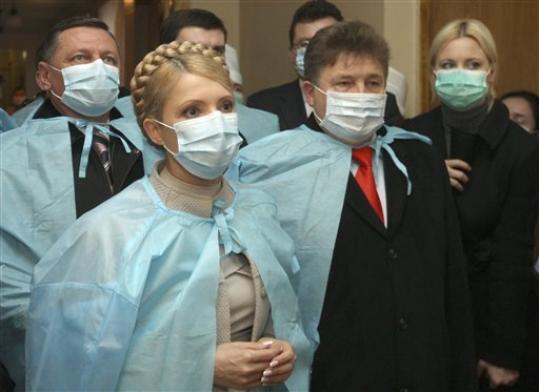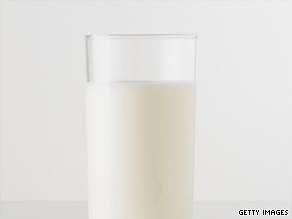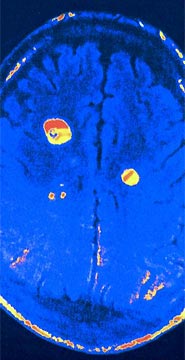The ongoing swine flu epidemic may have you wishing you had taken that flu shot this season, but some doctors say you may be better off without it.
“Since the 12th century, the most commonly used treatment for a cold or the flu is chicken soup,” said Dr. Mayer Eisenstein, one of the guest speakers at the U.S. Autism & Asperger Association’s regional conference on Saturday at the Crowne Plaza hotel in Cherry Hill. “If you think we have anything more sophisticated now, think again.”
Related article: Swine flu pandemic? It feels like a phoney war (Guardian)
Eisenstein, who addressed conference attendees from Illinois through video conferencing, discussed the effectiveness of vaccines and their theorized connection to autism.
“The more people receive the flu vaccine, the more deaths there are,” said Eisenstein, citing various scientific studies. “Now that doesn’t mean that the two are related, but if it walks like a duck and quacks like a duck, it probably is a duck.”
Eisenstein didn’t limit his criticism to the flu shot.
“We perpetuate the myth that vaccines are the answer,” Eisenstein said.
Although vaccines have been credited with the virtual elimination of various diseases, Eisenstein said there’s no evidence to support vaccines were the cause.
Among the diseases that have virtually disappeared are measles, scarlet fever, tuberculosis and whooping cough and vaccines are not available to prevent any of them, Eisenstein said.
What has an impact, he said, is vitamin D and probiotics.
“We started using it at our practice this year and we got amazing results,” Eisenstein said. “I met doctor after doctor who have had the same results.”
Eisenstein said that patients who got a high dose of vitamin D for three days at the onset of a cold recovered much faster than patients who didn’t.
 He cited a study in which vitamin D was administered to some of the 104 participants. About 24 of the participants in the group that had received no vitamin D reported having a cold during the winter months, Eisenstein said. Only two to three participants who had a received a lower dose of vitamin D reported having a cold and none of the participants who was given a higher dose of the vitamin became ill, he said.
He cited a study in which vitamin D was administered to some of the 104 participants. About 24 of the participants in the group that had received no vitamin D reported having a cold during the winter months, Eisenstein said. Only two to three participants who had a received a lower dose of vitamin D reported having a cold and none of the participants who was given a higher dose of the vitamin became ill, he said.
Unlike vitamin A, which is readily obtained from a variety of foods, vitamin D is harder to come by, Eisenstein said.
That’s why he recommends that children get vitamin D supplements.
Exposure to the sun for 15 to 20 minutes every day, without sunblock, can give the body a much needed vitamin D boost, Eisenstein said.
“Vitamin D is clearly part of the answer, but I can tell you the complete answer is not vaccinations,” Eisenstein said.
Nancy Gualario, of Colts Neck, runs an advisory group for parents with special needs children.
“I like to come to these things and bring the information back to the parents,” Gualario said.
One of Gualario’s triplets was diagnosed with autism at age 2, she said.
“I’ve been doing some of these therapies and have had tremendous success,” she said.
Lisa McLaughlin also has a son with autism and came from Virginia to attend the conference, which concludes today.
“I read about some of these interventions online and I wanted to find out more,” McLaughlin said.
Reach Lavinia DeCastro at (856) 486-2652 or [email protected]
By LAVINIA DeCASTRO • Courier-Post Staff • May 3, 2009
Source: Courier Post Online





 He cited a study in which vitamin D was administered to some of the 104 participants. About 24 of the participants in the group that had received no vitamin D reported having a cold during the winter months, Eisenstein said. Only two to three participants who had a received a lower dose of vitamin D reported having a cold and none of the participants who was given a higher dose of the vitamin became ill, he said.
He cited a study in which vitamin D was administered to some of the 104 participants. About 24 of the participants in the group that had received no vitamin D reported having a cold during the winter months, Eisenstein said. Only two to three participants who had a received a lower dose of vitamin D reported having a cold and none of the participants who was given a higher dose of the vitamin became ill, he said.